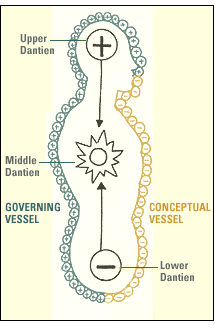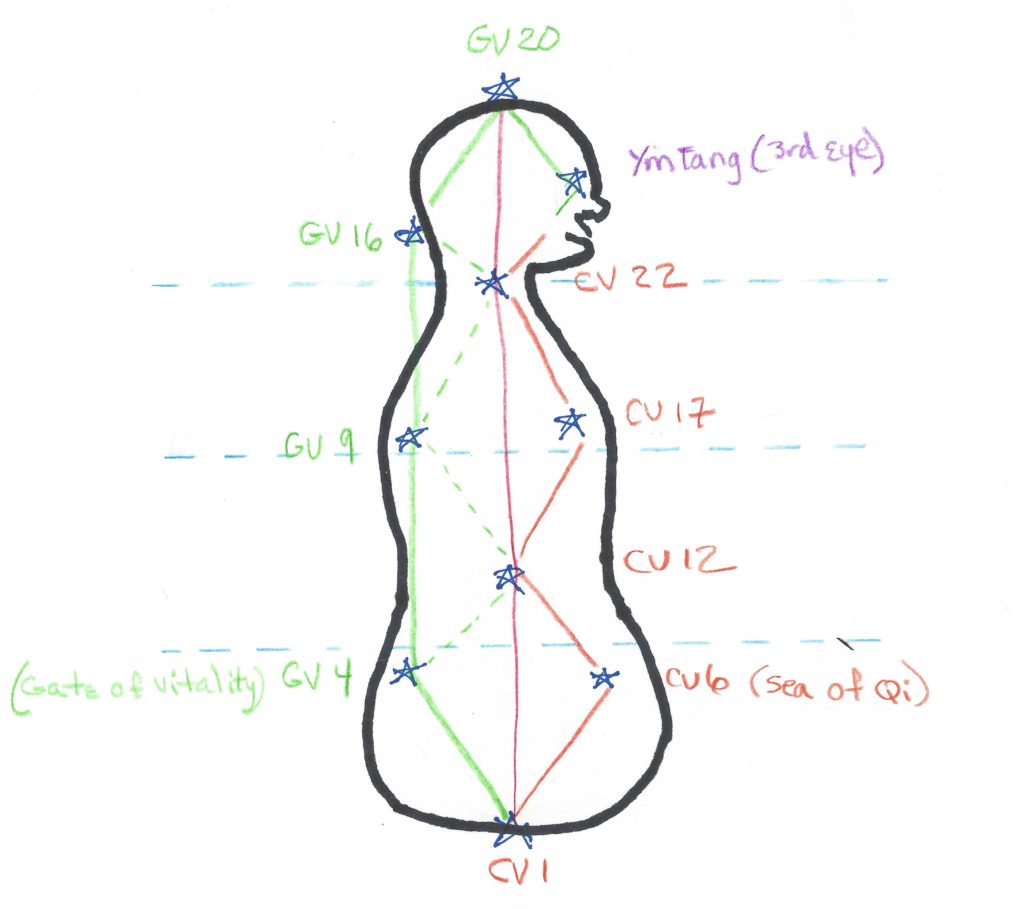Embodying Presence: Winter 2022
Opening Classes Review
Embodying: The Smile: – Presence: Knowing… I Am… Alive…
Embodying: Somatic Meditation – Presence: Just Sitting/Shikantaza
Embodying Presence is the integration of these two through Being, Becoming and Belonging
Being: Presence, Unchanging, Alive, Silent Awareness, I Am
Becoming: Emerging, Evolving, Maturing, Transforming Personally
Belonging: Heart Centered Connecting, Relating, Linking, Feeling, Participating in the Collective Awakening
Embodying Presence: Theme Song: Freedom by Jon Batiste
Embodying Presence: Guidelines for Life: Frank Ostaseski’s Five Invitations
Don’t wait
Welcome all, avoid nothing
Bring your whole self to life
Find and rest in the calm center
Cultivate ‘Don’t know’ mind
Shikantaza (just sitting): Basic Instructions:
Establish a stable and relaxed basic sitting position
Align the three dantiens (as felt through pelvis, ribs and skull) in gravity
With the help of the breathing, awaken your heart center
Allow the heart to connect downward, through the root chakra, to Mother Earth, feeling grounded
Allow the heart to connect upwards through the crown to Father Sky, feeling vast open and spaciousness
Allow your attention to return to the heart center, remaining balanced between, and connected to heaven and earth
Allowing the breath to soften even more, allow your attention to rest as Awareness
Allowing all thoughts and sensations to pass through you, like clouds moving through the sky
Be Loving Awareness
When the mind becomes distracted by the habit of thought
Recognize this and gently allow your attention to return to the breathing
As the breath softens, allow the inner silence to emerge and again rest as silent Awareness
Repeat
Forever
Amen
In the beginning, the power of habitual thinking (monkey mind, citta vrttis) is very strong, so we cultivate both patience and persistence. We also cultivate a sense of loving kindness (maitri or metta) towards ourselves and others so our humanity does not become an obstacle and food for our inner critic. We acknowledge the innate difficulty in changing the deeply embedded habits of mental activity, and yet we find the will power and discipline to hang in there.
Practices of the Heart:
Patanjali, (I-33), and the Buddhists agree: The four Brahma Viharas (the abodes of Brahma) are extraordinary upayas (skillful practices) to be cultivated. They are:
Maitri or metta: Loving kindness is the basic practice, usually accompanied by simple phrases. As one simple example: May we all be safe, May we all be healthy, May we all find joy, May we all find inner peace.
We can also direct it to ourselves; May I…; to others: May he, she or they, and to ones we are most challenged by:
May Donald Trump be …
Karuna: Compassion: may we feel the pain and suffering of others and not turn away, but remain heart centered. It is not necessarily about finding solutions, but keeping our hearts and mind open to the reality of the world and the human condition, and doing what we can to help.
Mudita: Sympathetic Joy: may we be able to take in others joy and feel it as our own as well. a wonderful heart practice.
Upeksha: Equanimity: Often translated in the yoga world as indifference, I prefer the Buddhist equanimity. May we remain centered in our hearts, no matter what may be arising. When we live in a world of such cruelty and delusion, it is very easy to get stuck in anger, frustration or fear. Practicing equanimity allows us to stay present to what is, seeing it fully, while remaining in an open hearted state. the most difficult of the four practices!
Somatic Meditation (Samyama in Asana)
A key element in dissolving/resolving the excess mental chatter is the directing of attention to the immediacy of the sensations of the body and then awakening/using our innate somatic intelligence. Where attention goes, energy flows. As we feel the flowing energy of the body as breathing/prana/qi, our attention temporarily stops feeding the mental habits and establishes neurological connections to the somatic intelligence and atma jnanam or Self- Awareness. (Breathing in, I know I am breathing in.) * Self Awareness is not self consciousness! Self Awareness, Self Realization is wordless, thoughtless, unbounded Knowing, uncapturable in words, thoughts or concepts.
The breathing process is the foundation of our somatic explorations, and we can use this to further explore some of the amazing maps of embodiment traced by earlier explorers. This can help discover patterns of coherence and integration awaiting to be actualized as part of our awakening, and also offer us resources in healing the traumas and wounds we all carry in our somatic energy fields, both personally and collectively.

The Microcosmic Orbit, from Taoism will be our primary reference. It is an energy circuit that integrates the organic and spiritual functioning of the individual with the Cosmic intelligence. The surface points of the Yin Conception Vessel begins in the very center of the perineum and links up with the Governing Vessel in the mouth. The Yang Governing Vessel begins at the tip of the coccyx, also linking with the Conception Vessel at the anus, and continues up the back, around the skull and down to the mouth.
There are acupuncture points along the circuit that we can palpate and we can also bring attention to these through imagination and intention. As an example, we can palpate our sternum where there are seven separate points (we need no be super precise in palpation), link the sensations to the breathing rhythm, release our hands, and then just feel the sternum breathing.
Another map we will be referring to include the five sheaths or Koshas, as noted in the Vedic teachings of the Upanishads. See this Post entitled Being, Becoming and Belonging and scroll down.
The key to working somatically is being able to feel and differentiate the three basic states of energy, also known in Sanskrit as the gunas: Too much, or rajas, to little or tamas, and just right, or sattva. In the tissue, sattva is a dynamic healthy tone in connective tissues, organs and cells. Tamas is dullness, an unconscious heaviness felt as if you are carrying weights around. Rajas is a fidgety restlessness, where the body cannot settle down comfortable.
Our capacity to listen to the body in our somatic meditation is crucial in tracking where we are with the gunas. When we listen deeply and can sustain our attention (dhyana), the intelligence (buddhi) allows a self-adjusting that flows from our cellular consciousness manifesting as our life force/prana/qi. The old habits are often deeply embedded in the tissues, so attention and precise care are required in transforming the stuck spots into flow.
The same states can be also felt, and they are related to the body, in the mind field. Sattva is clear, alert and quiet, like an open sky on a calm day. Rajas is restlessness or the wandering ‘monkey mind’. Tamas is dullness or sleepiness. As we refine our postural practice, the body/mind becomes more balanced and the sattvic state becomes easier to sustain, allowing meditation to arise spontaneously.

Exploring the Three Dantiens: These ‘elixir fields’ can be located through the three large bony masses of the body: pelvis, rib cage and skull. The dantiens are actually energitc fields or the sum total of the energetic movements in each of these regions. They link together, through the micro-cosmic orbit as well as other meridians and vessels, to create the energy field of the whole being.
In general, as we age, the yin Conception Vessel embracing the front body and internal organs becomes more dull and collapsed, and the yang Governing Vessel, through its interaction with the spinal muscles becomes tighter and hyper-active. Thus our somatic goal is to help restore balance by awakening the front body and the organ fields and soothing and releasing the spinal column.
Each of the Dantiens has some tangible reference points we can explore and engage. In the pelvis, it is the pubic symphysis, the keystone linking the weight bearing action of the two legs. When awake, the sacrum is no longer trying to support the legs and can relax. In the ribs, it is the sternum, and the skull is the occiput (GV-16). We will explore these on the next post.

